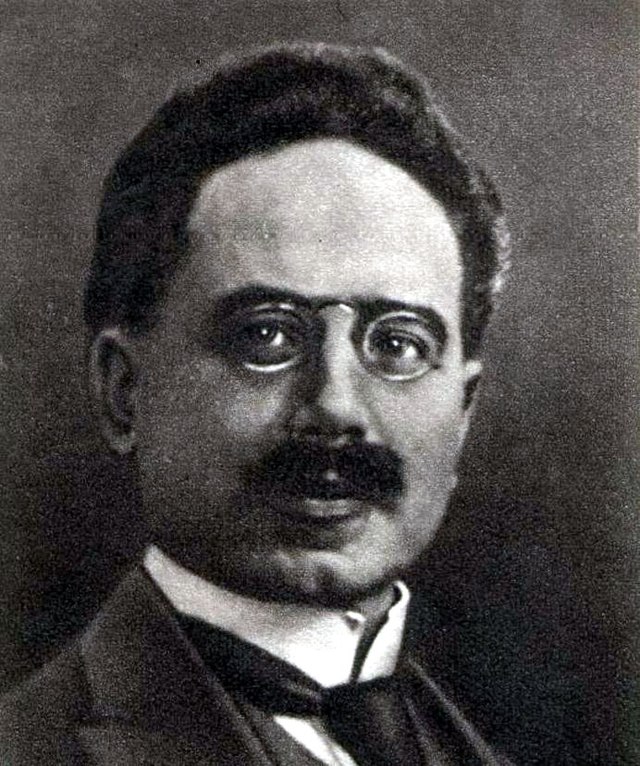Loading AI tools
German newspaper From Wikipedia, the free encyclopedia
Die Rote Fahne (German: [diː ˈʁoːtə ˈfaːnə], The Red Flag) was a German newspaper originally founded in 1876 by Socialist Worker's Party leader Wilhelm Hasselmann,[1] and which has been since published on and off, at times underground,[2] by German Socialists and Communists. Karl Liebknecht and Rosa Luxemburg famously published it in 1918[3] as organ of the Spartacus League.[4]
 Die Rote Fahne header from 23 November 1918 | |
| Type | Daily newspaper |
|---|---|
| Founder(s) | Wilhelm Hasselmann, Rosa Luxemburg, Karl Liebknecht, Paul Frölich |
| Founded | 1876 |
| Political alignment | Communist |
| Language | German |
| Country | Germany |
Following the deaths of Liebknecht and Luxemburg during the chancellorship of the Social Democratic Party of Germany's Friedrich Ebert,[5][6] the newspaper was published, with interruptions, by the Communist Party of Germany.[7][8] Proscribed by the National Socialist Worker's Party government of Adolf Hitler after 1933,[9] publication continued illegally, underground.[10]
Wilhelm Hasselmann of the Socialist Workers' Party of Germany (now SPD) and member of the German Reichstag founded a short-lived, weekly newspaper called Die rote Fahne.[1]


Using the newspaper's subtitle as indicator of its political allegiance, Die Rote Fahne was successively the central organ of:
The publication was proscribed from October 1923 to March 1924, as part of the ban on the German Communist Party. The newspaper continued in illegal production and distribution, sometimes renamed "Rote Sturmfahne" ("Red Storm Flag") or "Die Fahne der Revolution" ("The Flag of the Revolution"). In 1926, the newspaper moved into the Karl Liebknecht House, to which it added in July 1928 a rotary press. On 23 February 1933, Nazi police occupied Karl-Liebknecht-Haus and closed it the following day, anticipating the Nazi ban on all communist and socialist press after the Reichstag fire a few days later (28 February 1933).
Many prominent Germans and others worked on the newspaper:
Outlawed after the end of the Weimar Republic and the Reichstag fire in 1933, it was illegally distributed during the Nazi regime by underground groups close to the Communist Party[30] until 1942. Wilhelm Guddorf was known to have been an editor of the newspaper in the late 1930s.[31]
Following the events of 1968, several projects of ideologically divergent groups of the so-called old and the new left arose in the Federal German Republic to build a new communist party. In addition to the German Communist Party (DKP), which is widely known as the West German KPD successor party and publishes the newspaper Unsere Zeit as a party organ, various competing small communist parties, the so-called K groups, were founded, each of which was associated with different ideological concepts of communism (from Maoism to Stalinism to Trotskyism). Out of these groupings, there were several newspaper projects in the 1970s called Rote Fahne.
The Communist Party of Germany (KPD), a fringe party founded in 1990 by disgruntled members of the Socialist Unity Party of Germany, publishes its own version of Die Rote Fahne.
Seamless Wikipedia browsing. On steroids.
Every time you click a link to Wikipedia, Wiktionary or Wikiquote in your browser's search results, it will show the modern Wikiwand interface.
Wikiwand extension is a five stars, simple, with minimum permission required to keep your browsing private, safe and transparent.